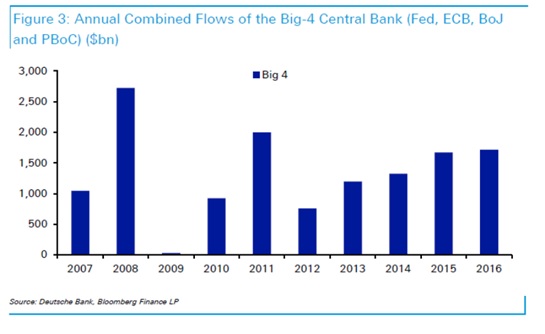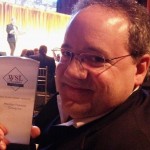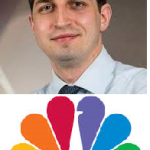MarketsMuse.com blog update courtesy of press release from Tabb Group and profiles new research report focused on institutional investors’ growing use of corporate bond ETFs.
NEW YORK & LONDON–(BUSINESS WIRE)–In new research examining accelerating growth in the corporate bond exchange-traded fund (ETF) market, which has seen assets under management (AuM) rise more than $90 billion from 2009 to 2014, a nine-fold increase in aggregate and an annual 42% compound growth rate, TABB Group says bond ETFs can help institutional investors manage investment flows, enhance returns and limit transaction costs in the current liquidity environment.
“This is a way to achieve market beta while the single-name search process carries on.”
Regulatory burdens of the Volcker Rule, Basel III and the Liquidity Coverage Ratio (LCR) have handicapped large banks and altered their secondary market-making businesses, forcing them to change the manner in which they provide liquidity to investors, wreaking havoc on the process of building and expanding portfolios. Institutional investors navigating this new landscape need to leverage every tool available, say Anthony Perrotta, a TABB principal, head of fixed income research and research analyst Colby Jenkins, co-authors of “Bond Market Entropy: Bringing Order to the Cash Bond Crisis,” which is why they have been embracing the corporate bond market.
“Bid/ask spreads for large bond ETFs are substantially more stable than their underlying cash bonds,” says Perrotta. They’re also being used as a means of exchanging credit risk during times of stress in the underlying market.”
According to Jenkins, “A 5-10% liquidity sleeve in corporate bond ETFs that tracks to a diversified portfolio of bonds is becoming a popular tool among asset managers to efficiently manage their investment flows.” In the past two years, he says, large single-name portfolio managers have begun utilizing ETFs as a means to smooth out their exposure during redemption periods. Alternatively, they are using ETFs to gain interim exposure to the market when receiving an investment inflow from a client such as a pension fund, insurance company or other long-term oriented investor. Instead of waiting some elongated period of time to find the appropriate cash bonds, they turn to ETF shares that correspond to their core portfolio. “This is a way to achieve market beta while the single-name search process carries on.”
Although 60% of the corporate bond notional trading activity in the second half of 2014 took place in just 8% of the CUSIPs traded, there are more than 260 bond ETFs available to investors today, up from 62 in 2008, a 326% increase. And despite regulatory approval and entrenched pre-ETF investment mandates being the two greatest barriers currently to institutional corporate bond ETF adoption, “a larger pool of National Association of Insurance Commissioners (NAIC) credit-rated bond ETFs that have unique economic advantages over non-rated bond ETFs, such as more lenient risk-based capital requirements, will be a key stepping stone to the next threshold of institutional adoption,” Perrotta says.



























